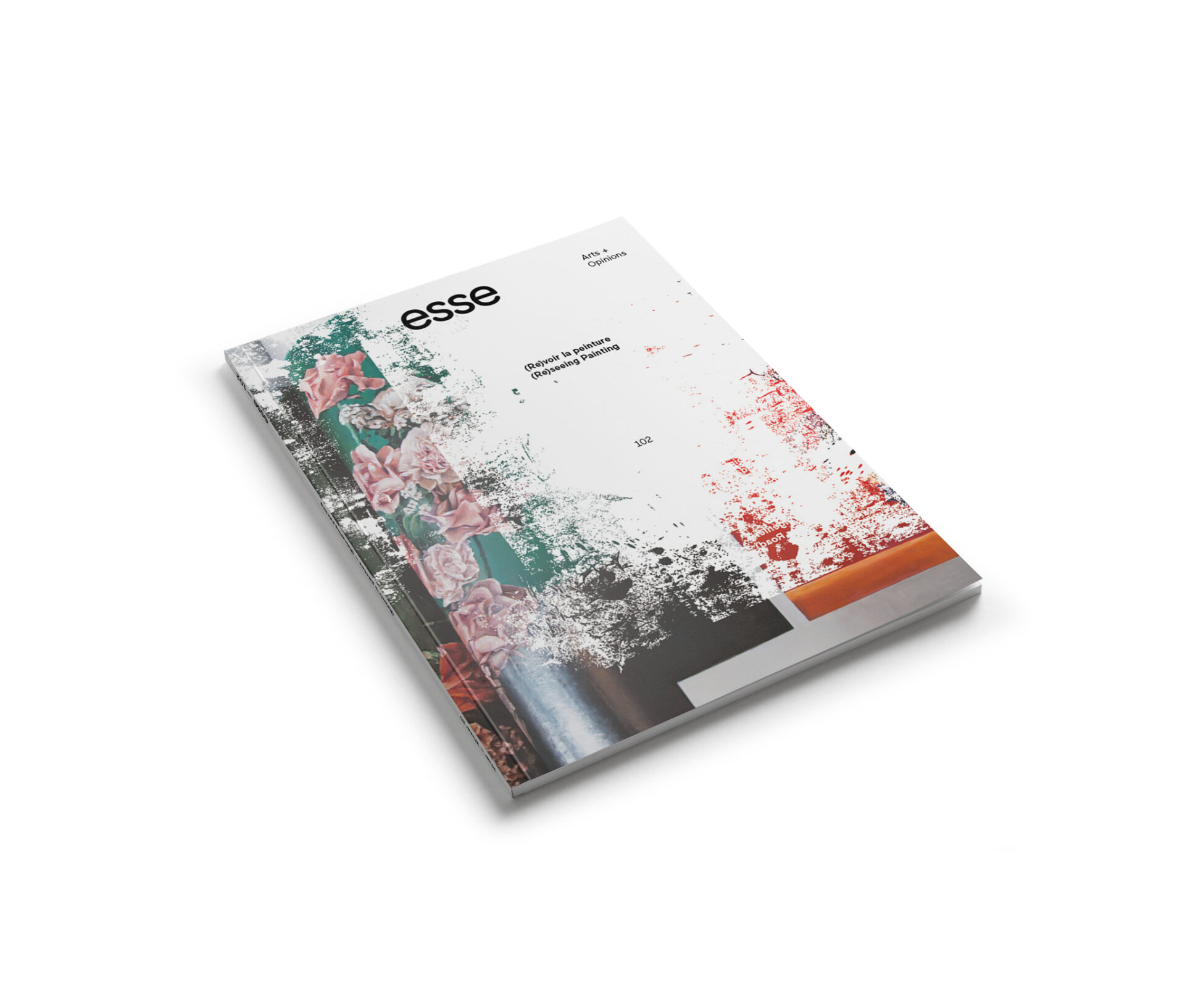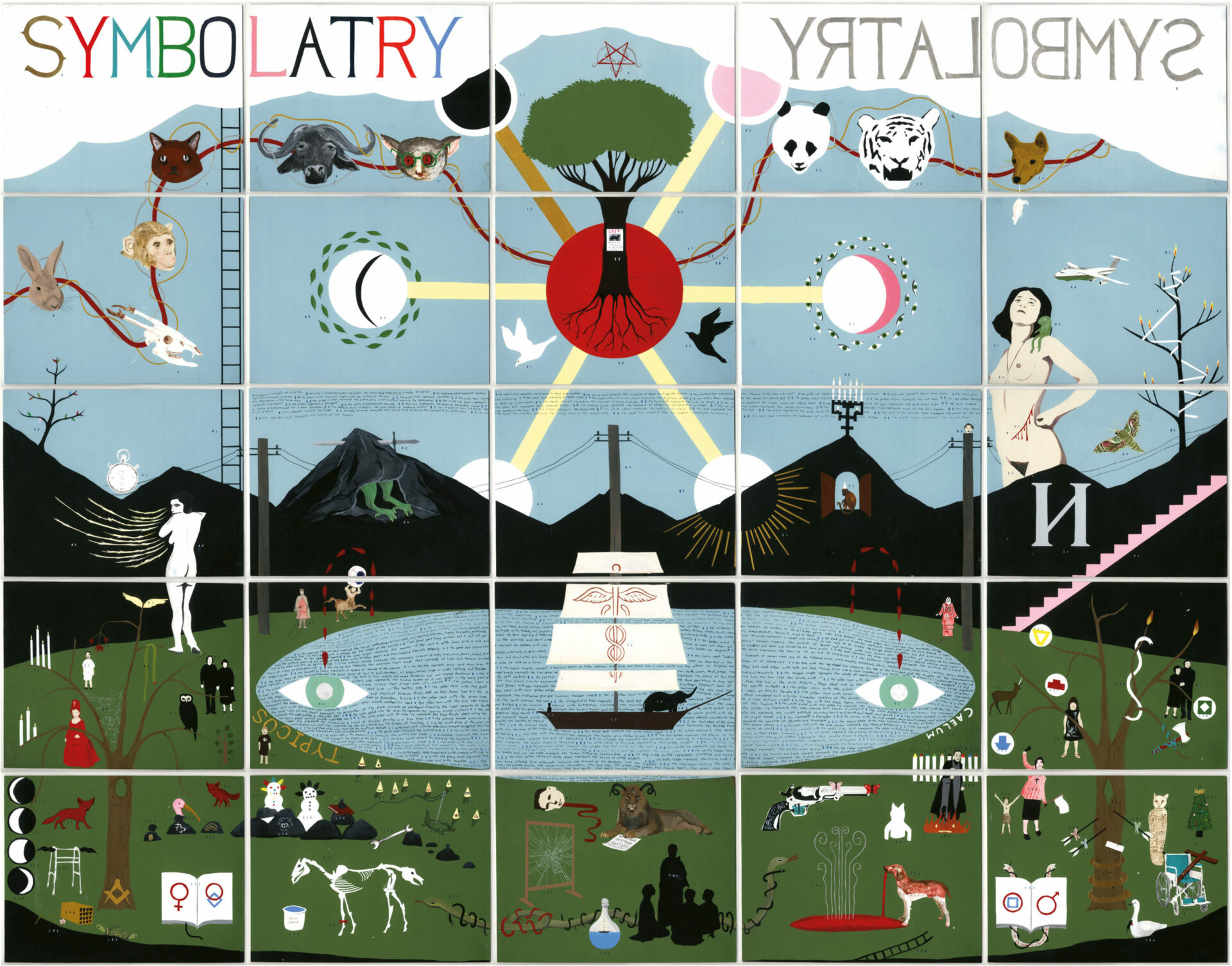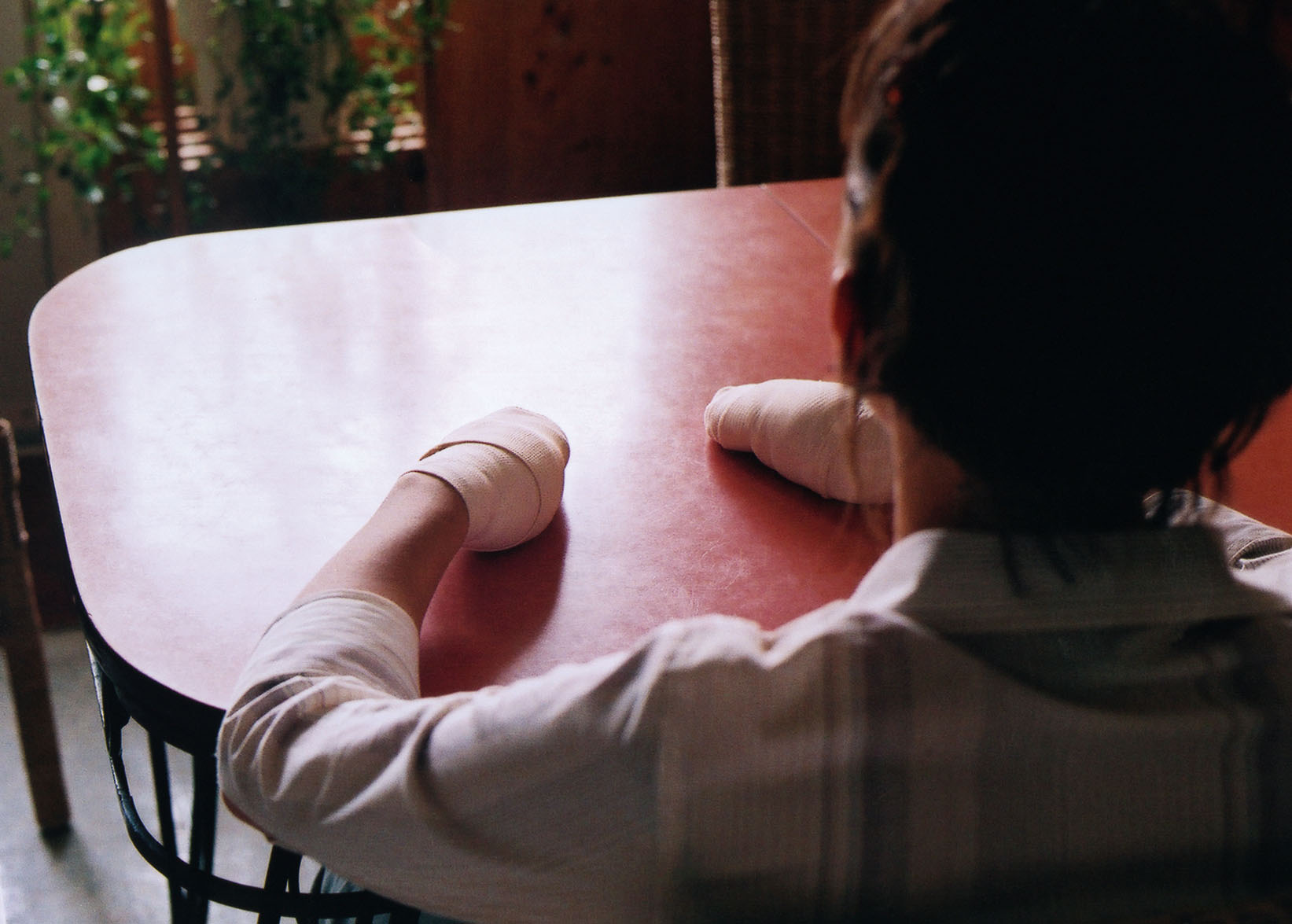
Sentiment océanique #15, 61 × 46 cm, 2020. Photo : Paul Litherland, permission de l’artiste | courtesy of the artist
There is a language that aligns with sensation and abolishes the boundaries between voice and image. “As Pierre Schneider says, every form is a vibrant voice.”1 1 - Henri Maldiney, Regard Parole Espace (Paris: Éditions du cerf, 2012), 114 (our translation).What characterizes this decompartmentalized space? A specific resonance that “reaches deep into a region of lived experience where it escapes conceptual formulas and where prescience alone operates2 2 - Paul Zumthor, “The Presence of Voice,” in Oral Poetry: An Introduction, trans. Kathryn Murphy-Judy (Minneapolis: University of Minnesota Press, 1990), 6. 12..” Voice and image are worked by this very resonance, caught by a “listening eye,”3 3 - Michel Collot, La matière-émotion (Paris: Presses universitaires de France, 1997), 261 (our translation).a hybrid organ capturing the sensory world and multiplying the possibilities of form. Weaving a dialogue between image and voice means bringing out the effects of this resonance. Listening to pictorial material means sharpening our listening skills in order to capture what the image shares with the voice: a similar form of energy “that escapes capture,”4 4 - Ibid., 274 (our translation). an intangible and substantial exceedance, a subtle, traversed and traversing trace.




